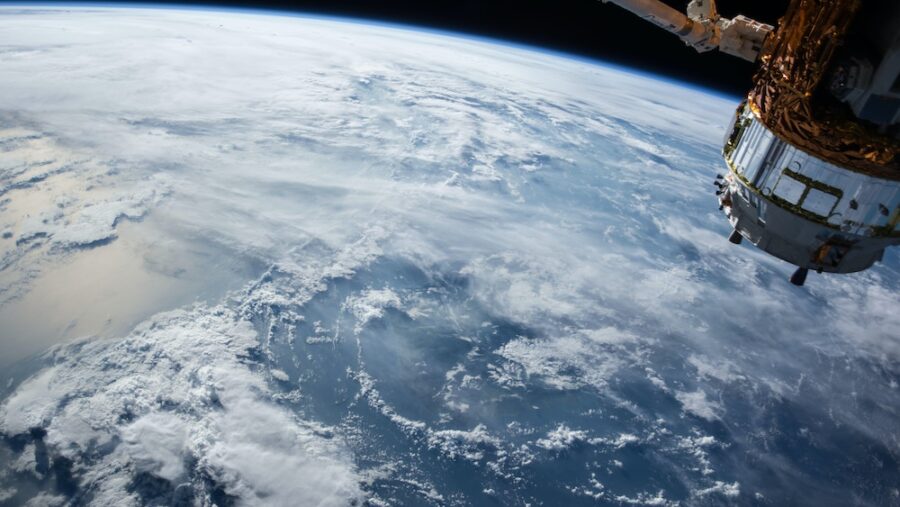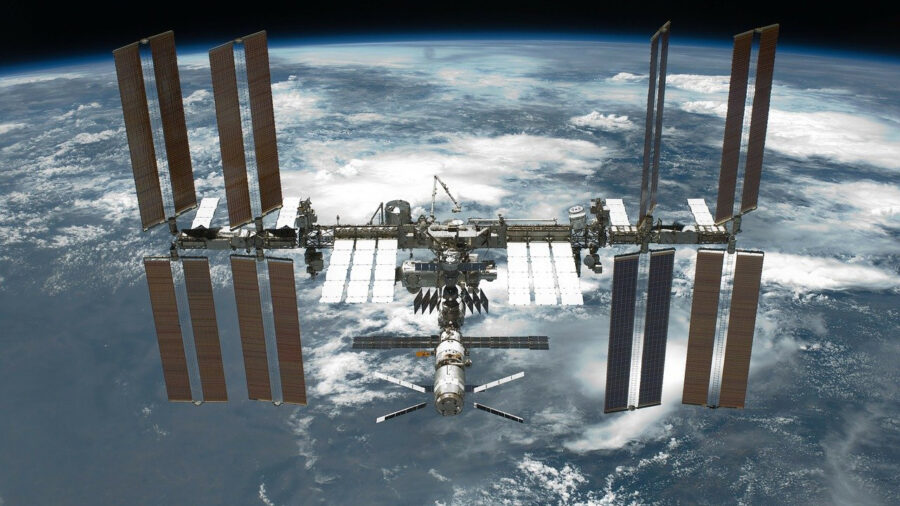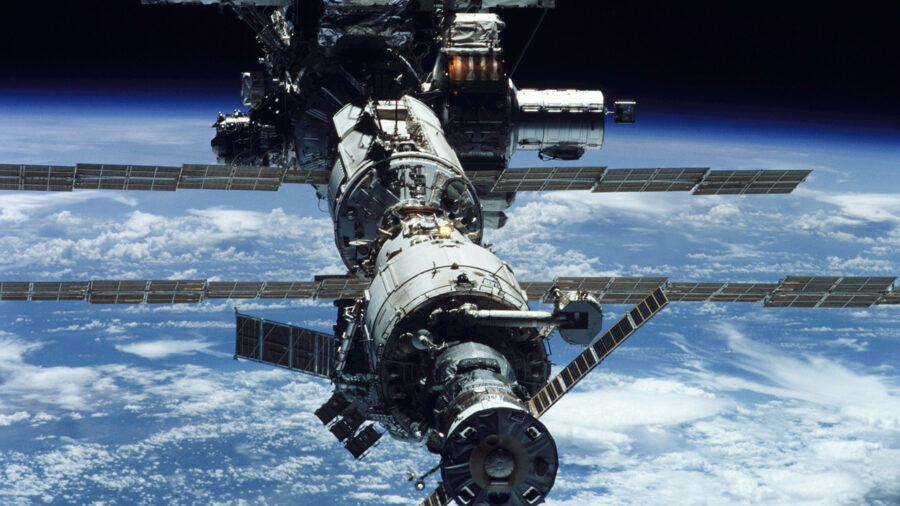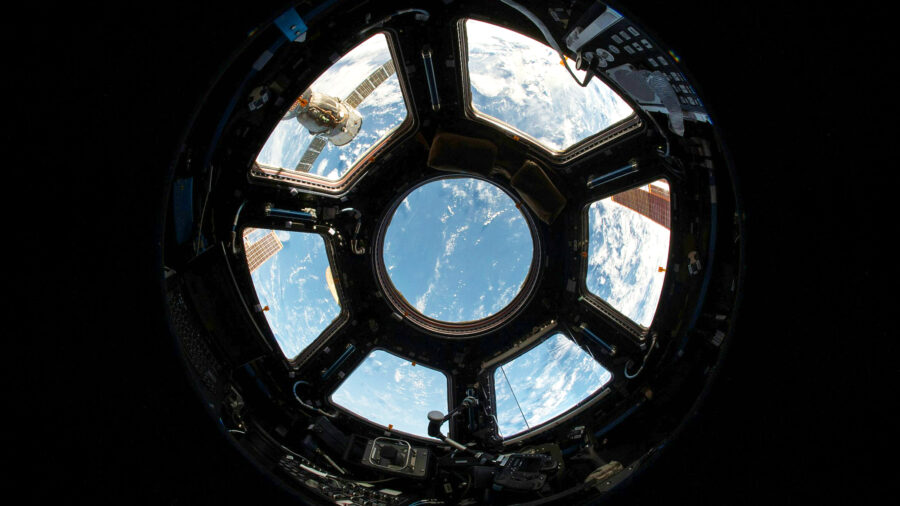ISS Air Leak Deemed Space Station’s Greatest Risk

At a cruising altitude of around 250 miles above the Earth’s surface, the International Space Station (ISS) is well-versed in facing the occasional hiccup throughout its day-to-day operations. From the possibility of radiation poisoning to the ever-present threat of space junk wreaking havoc on the station, astronauts aboard the ISS face an array of potential risks that could very easily jeopardy the safety of the entire crew. But perhaps the greatest risk they are currently facing is an air leak on the ISS that has been five years in the making.
Highest Level Risk

In a September 26, 2024 report released by NASA’s Office of Inspector General (OIG), the agency has raised the risk of the ISS air leak to the highest level in its risk management system, which measures both the likelihood and severity of a risk, rating them on a scale of one to five, with a five being the highest level possible.
Doubled In Size

In the report, the OIG revealed that the air leak that was found in a vestibule of the service module known as PrK, which separates a docking port from the rest of the Russian Zvezda module, had increased in February 2024. By April 2024, the air leak had doubled in size from when it was first reported back in 2019, expelling around 1.7 kilograms of air every day.
Leak Is Being Repaired

During a September 27 press conference, Robyn Gatens, director of the ISS program at NASA, told reporters that the ISS leak was being actively repaired on that station, reducing the rate of the leak by nearly a third.
While the source of the air leak has yet to be determined, NASA reported that the agency is currently investigating the situation and will be working with Roscosmos in an attempt to bring the situation to an acceptable conclusion. However, according to the OIG report, NASA had revealed that Roscosmos remained “confident they will be able to monitor and close the hatch to the Service Module prior to the leak rate reaching an untenable level,” the report reads.
First Discovered In 2019

In September 2019, NASA reported that astronauts aboard the ISS found a small air leak originating in a tunnel that connects a docking port to a Russian module, which raised a few eyebrows and had some question if the ISS crew was in any immediate danger.
At the time, NASA determined that the air leak wasn’t a threat to the daily operations of the station, and the rate of the air loss was not accelerating or high enough to cause any alarm or threaten the viability of the ISS. For the last few years, NASA has monitored the situation and met with officials from Roscosmos, Russia’s state-controlled space agency, in order to discuss the best course of action to take.
Will It Get Worse?

According to the OIG report, “both agencies have narrowed their focus to internal and external welds” in the hopes of minimizing the impacts of ISS leak and safely preventing the leak from worsening. Additionally, NASA has reported that there have yet to be any further air leaks found aboard the ISS, leading officials to believe that this is an isolated occurrence.
In another effort to minimize the leak’s impact, crews aboard the ISS have kept the hatch to PrK closed when not in use, through if the leak continues to worsen, a long-term solution would be to permanently close the hatch.
Source: NASA













Login with Google